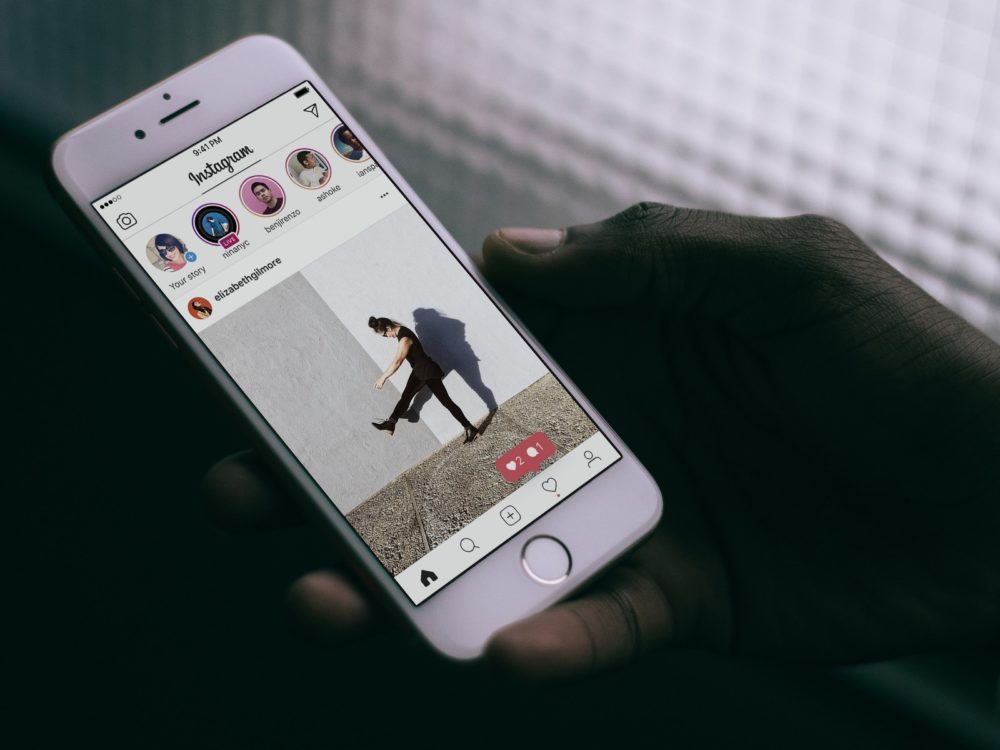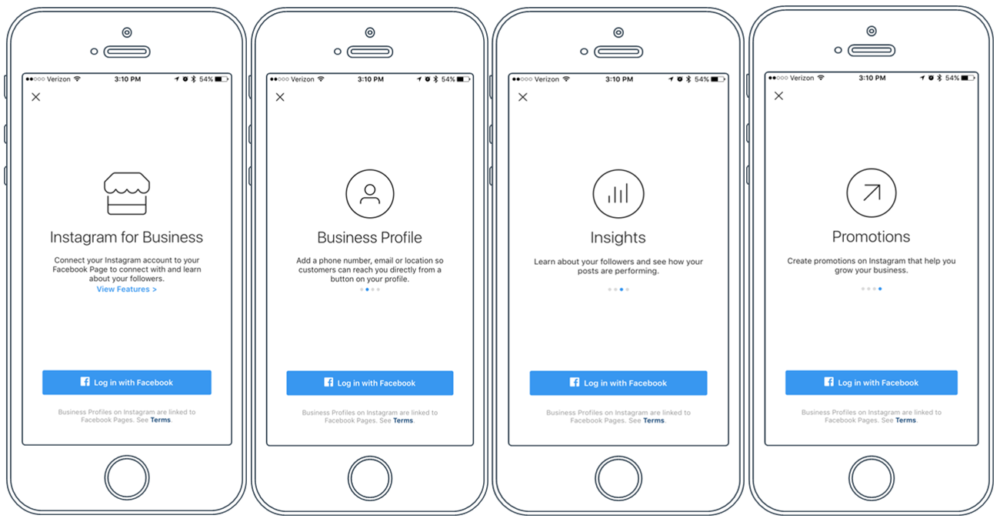It’s not about what you know, it’s about who you know; Instagram has honed the proverb and fine-tuned its app to provide accessibility for the rapidly growing market of businesses, brands and influencers.

Since Instagram’s humble beginnings in 2010, the simple 3 grid layout for pictures has evolved into a platform for businesses to grow and attract clientele. The rise of these niches has encouraged a symbiotic relationship between Instagram and its users; the app informing its users, and its users informing the app, bridging the gap between developers and their stakeholders.
After introducing the Instagram direct messaging and Instagram stories, the app’s most innovative update involves the “business profile”. The business profile provides the users with analytics of their posts, stories and how their followers engage with their content. The analytics include statistics about followers; the top five countries they are from, the engagement of different age ranges, genders and when they are most active. What makes this feature so interesting is that it is accessible to anyone, regardless of their follower count, whether or not they are a business, or how often they use the app.

Although Instagram has aimed to level the playing field with the introduction and accessibility of business profiles, the algorithmic newsfeed has been a controversial move that has affected influencers and regular users alike. The algorithm only promotes content to “friends and family” of the user or in other words, those who seem to engage with the user the most. This constitutes to roughly thirty percent of one’s followers. The switch from a chronological feed to an algorithmic one means users are no longer getting the same engagement they once used to; less likes and less comments are a result of their content not being seen by followers in the first place.
In order to “cheat” the algorithm, users, mostly Instagram influencers, have been driven to form mass group chats where likes and comments are exchanged in order for their content to appear to have high engagements. This unethical practice cons businesses trying to grow, as they invest their products into influencers who have a contrived engagement, essentially sacrificing products and revenue for nothing in return.
With all this being said, we are faced with the questions; what do Instagram’s innovations mean for regular users? Will it remain accessible to those who aren’t influencers or businesses? And what does Instagram’s success mean for other networking apps like Snapchat, Twitter, and even LinkedIn?

As each update brings new features, Instagram is slowly being morphed into a hub where all social media platforms are being condensed into a single app. With Snapchat’s story element and its filters, the poll and question features of Facebook and Twitter, the ability to share music from Spotify, and the advertising and networking components of LinkedIn, Instagram has begun to make other social platforms redundant.
Ultimately, Instagram will continue to evolve, forcing users to either shape up or be left behind in the virtual world, where a lasting presence is becoming increasingly significant.
Do you think Instagram has become the superior app and social media platform for businesses, brands and influencers?






